With 2023 on the horizon, join us as we look back at the highlights of 2022 at NASA’s Ames Research Center in California’s Silicon Valley.
1. We are Artemis.
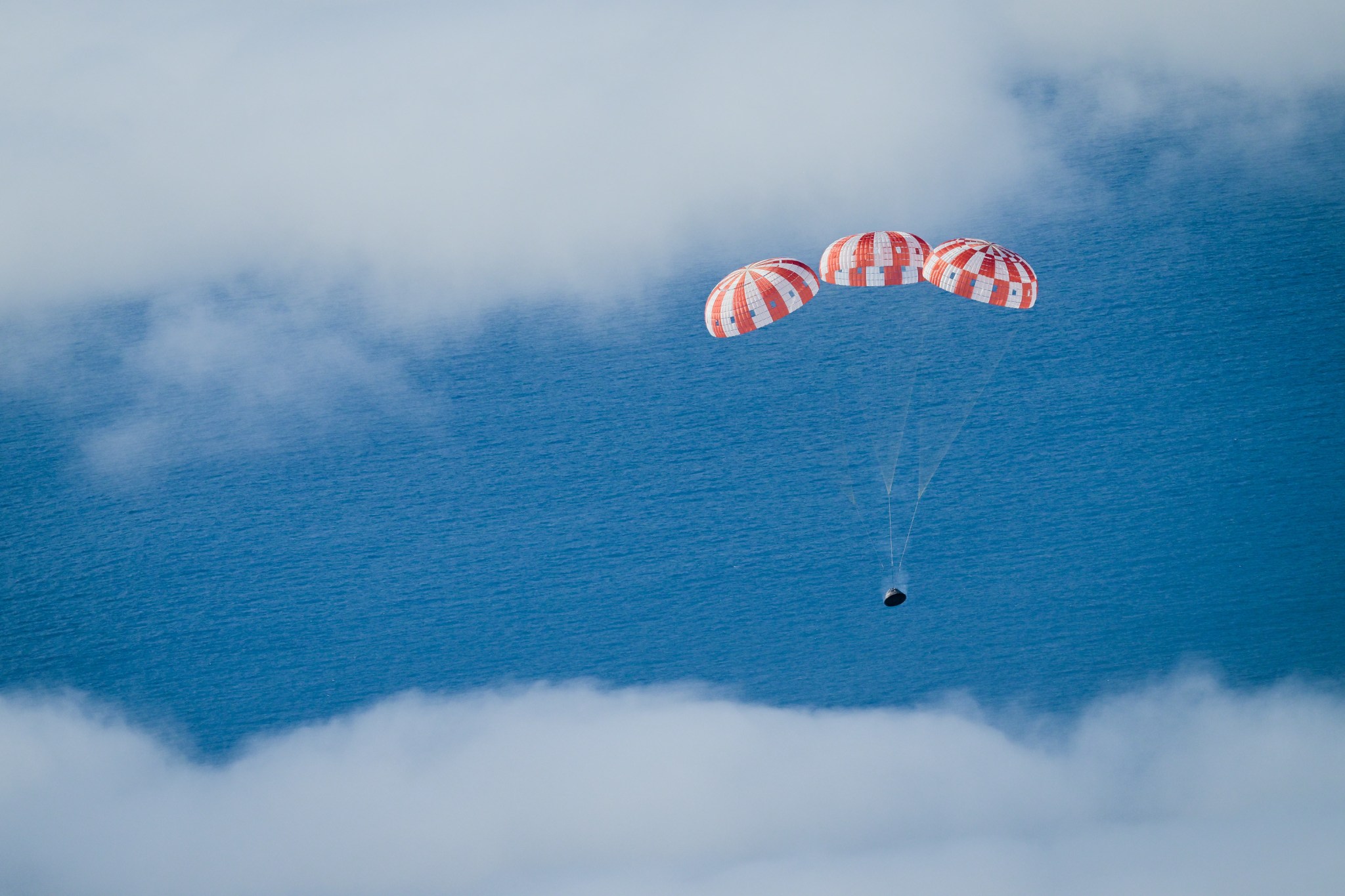
NASA’s historic flight mission to the Moon, Artemis I, is complete! The first in a series of increasingly complex missions that will enable human exploration to the Moon and Mars, Artemis I is the first integrated flight test of the agency’s deep space exploration systems: the Orion spacecraft, Space Launch System (SLS) rocket, and ground systems. Ames helped pave the path for Artemis I to achieve its mission, including through science missions aboard Artemis I, supporting SLS, and testing Orion’s heat shield.
The SLS rocket carrying the Orion spacecraft launched the Artemis I flight test on Nov. 16, from NASA’s Kennedy Space Center in Florida. Artemis I also carried NASA’s BioSentinel – a shoebox-sized CubeSat managed and built at Ames. The CubeSat flew by the Moon on Nov. 22, and is orbiting around the Sun, where it’s conducting the first long-duration biology experiment in deep space.
Orion reached a maximum distance of nearly 270,000 miles from Earth before beginning its journey back toward Earth. Orion completed its mission and made history on Dec. 11, when it returned to Earth and splashed down in the Pacific Ocean, west of Baja California.
2. Peering into the cosmos.
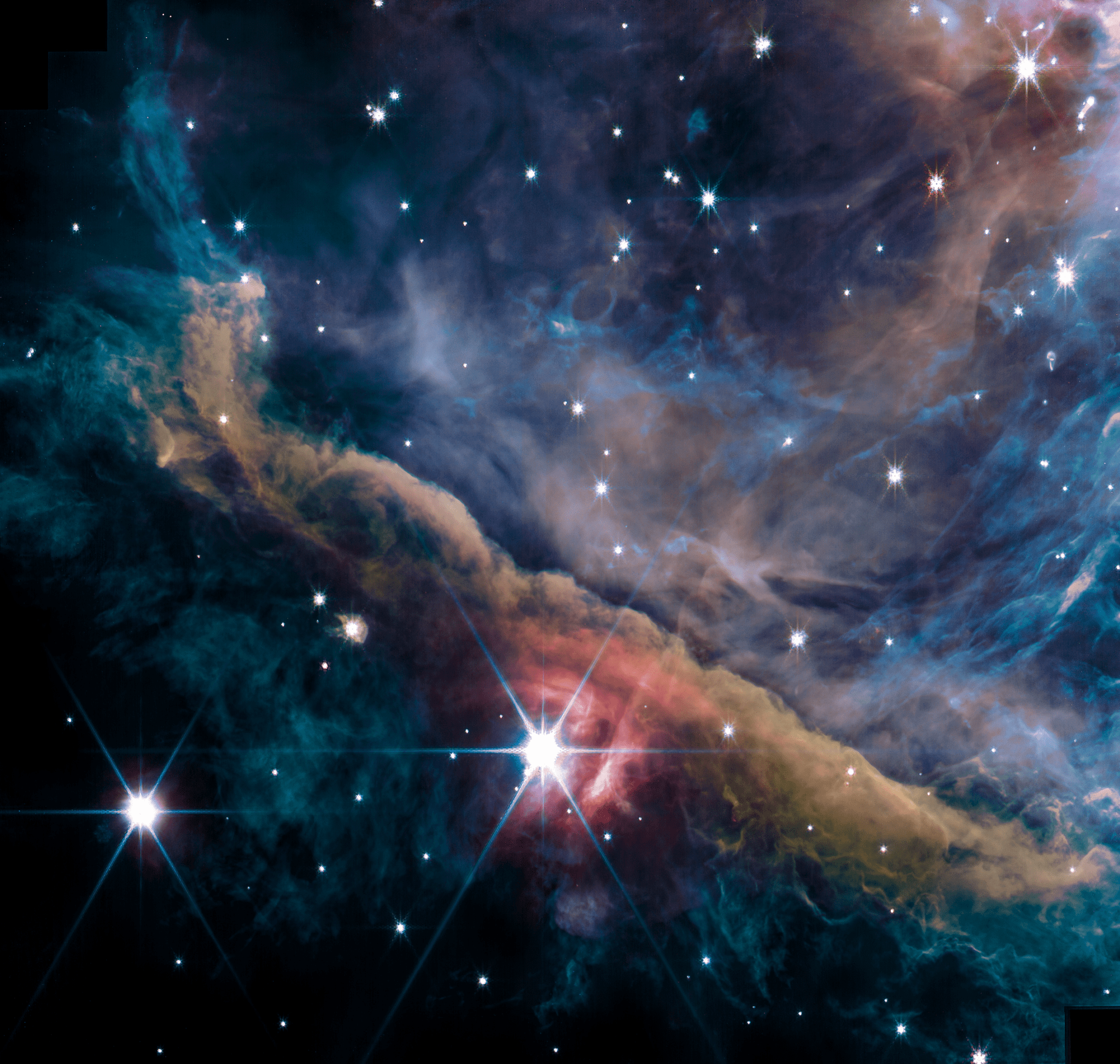
It’s been a landmark year for cosmic science, with the James Webb Space Telescope successfully starting its scientific operations a million miles away from Earth. Already, this next-generation instrument has uncovered never-before-seen features of well-known parts of the universe, like the Orion Nebula (above) and the Pillars of Creation.
Ames researchers are using data from Webb to study exoplanets, star evolution, and more. With its sensitive infrared tools, Webb is a game-changer for the study of polycyclic aromatic hydrocarbons (PAHs), one of the most abundant types of molecules in space. PAH researchers hope to shed some light on major stellar processes, like the ways stars and galaxies form and evolve.
Webb has already notched some significant firsts in exoplanet research. In August, scientists announced they had detected the first clear evidence for carbon dioxide in the atmosphere of a planet outside our solar system.
3. Prepping for a Moon walk.
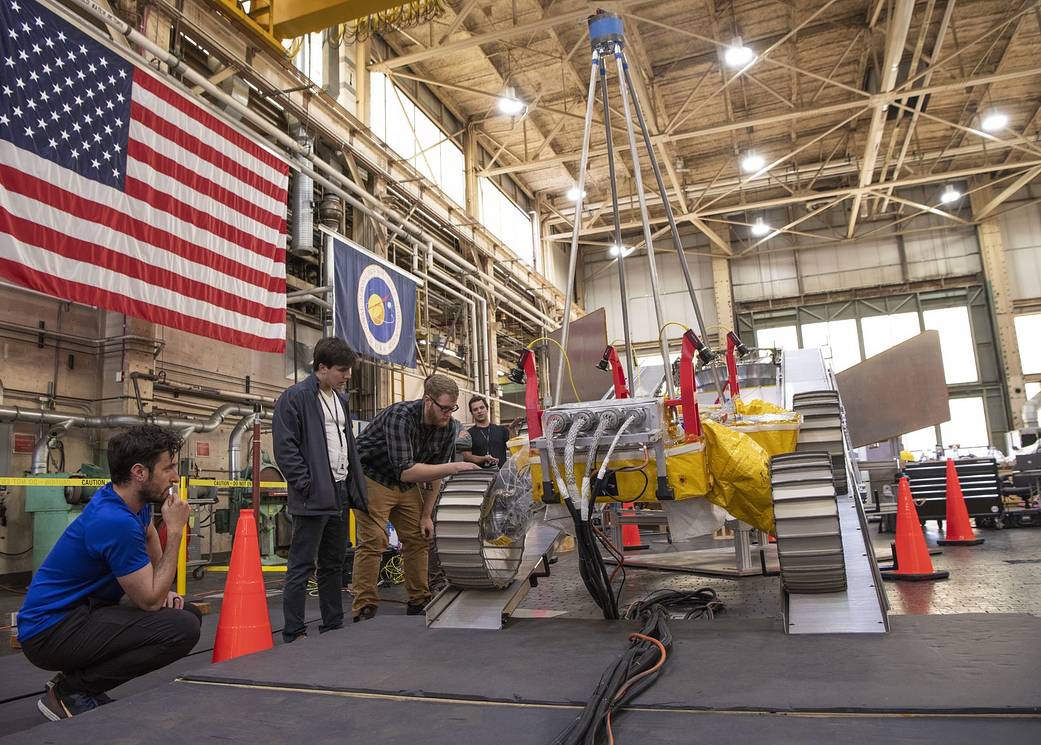
This year, the prototype for NASA’s Volatiles Investigating Polar Exploration Rover (VIPER) endured the most realistic tests to date. VIPER faced the quicksand-like soil in the “sink tank,” climbed the “tilt bed,” and conquered boulders and craters in the Simulated Lunar Operations (SLOPE) Laboratory at NASA’s Glenn Research Center in Cleveland. It practiced one of the trickiest parts of its 100-day mission on the Moon’s South Pole: driving off the Astrobotic Griffin lunar lander and onto the Moon’s surface at NASA Glenn and NASA’s Johnson Space Center in Houston.
Throughout the year, the VIPER team remained focused on subsystem assembly and testing in preparation for the build-up of the flight rover. Once complete, VIPER is scheduled to be delivered to the lunar surface in late 2024 as part of the Commercial Lunar Payload Services initiative. NASA Ames manages the VIPER mission and leads the mission’s science, systems engineering, real-time rover surface operations, and flight software.
If you find yourself in Silicon Valley, you can see the first full-scale replica of VIPER at the Chabot Space and Science Center in Oakland, California!
4. The future of flight.
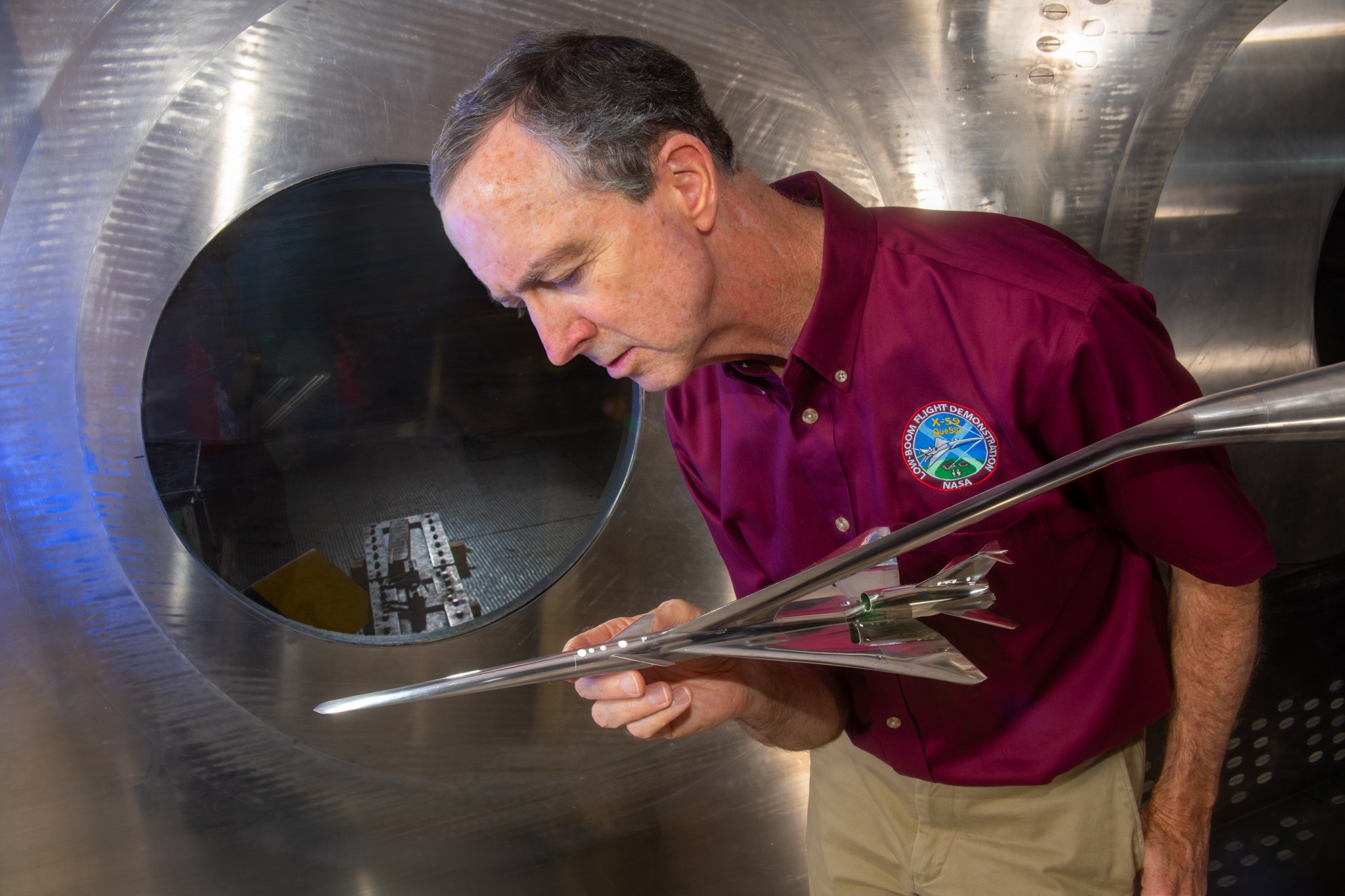
NASA’s work in air traffic management, wind tunnel testing, and computational simulations led to the savings of millions of gallons of jet fuel and brought the agency one step closer to the first flight of NASA’s X-59 Quiet SuperSonic Technology.
Engineers working to finalize X-59’s design used an Ames-developed program to simulate flight characteristics and noise levels. Ames also led design and fabrication of a scale model of the X-59 for sonic boom wind tunnel testing.
The Airspace Technology Demonstration-2 (ATD-2) project won this year’s Maverick Award from the World ATM Congress for its four-year demonstration of airport traffic prediction software at the Charlotte-Douglas International Airport in North Carolina. The IADS system demonstration saved more than 1.1 million gallons of jet fuel and $1.4 million in flight crew costs. A similar tool was implemented at the Dallas-Fort Worth International Airport. The air traffic prediction tool has prevented the release of 76,000 pounds of carbon dioxide into the atmosphere since implementation.
NASA also tested a model slice of the Transonic Truss-Braced Wing (TTBW) aircraft in the Unitary Plan Wind Tunnel at Ames. The TTBW passenger aircraft – a collaboration between NASA and Boeing – features an ultra-thin and lightweight design that could use significantly less fuel than current passenger aircraft.
5. Fly me to the Moon.
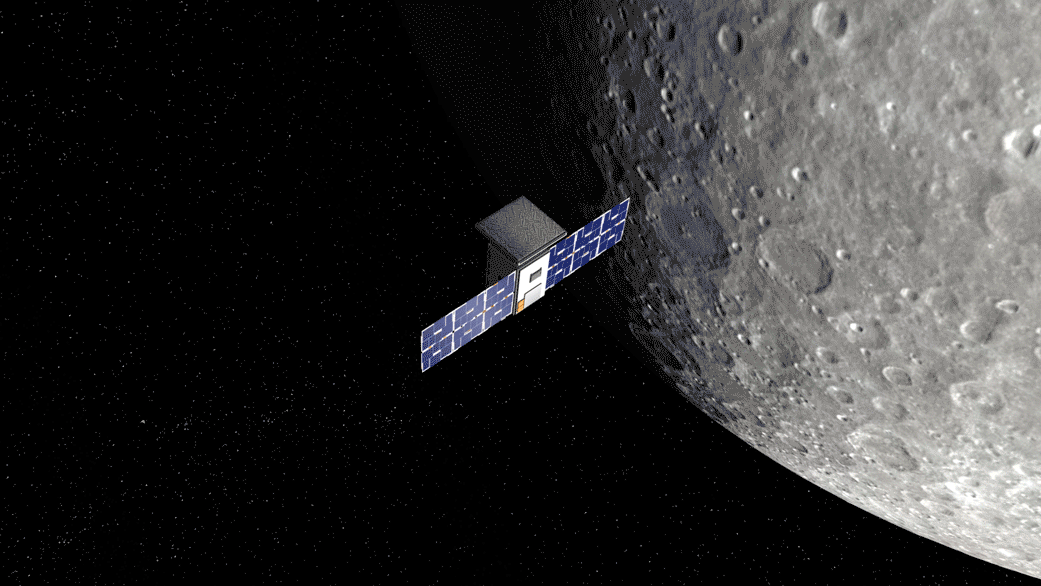
NASA’s CAPSTONE CubeSat made great strides this year, forging a new path for future Artemis missions. CAPSTONE – short for Cislunar Autonomous Positioning System Technology Operations and Navigation Experiment – is a technology demonstration, designed to prove the reliability of new capabilities so that they can be used in future missions.
The CubeSat launched on Jun. 28. Over the course of more than four months, it overcame challenges to traverse a long but fuel-efficient trajectory to the Moon. CAPSTONE is the first CubeSat to operate at the Moon, and the first spacecraft to fly in an elongated orbit called a near rectilinear halo orbit. This orbit is the same planned for NASA’s Gateway, a Moon-orbiting space station that will support NASA’s Artemis missions.
6. Celebrating SOFIA.
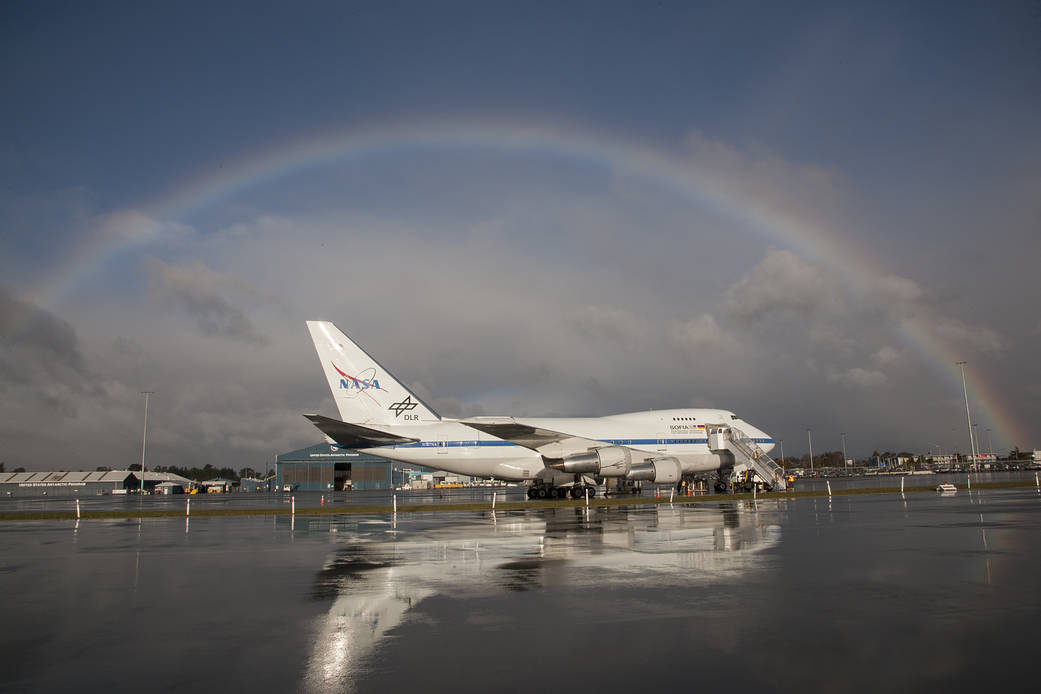
The Stratospheric Observatory for Infrared Astronomy (SOFIA) was a mission of discovery, revealing unseen – and sometimes unseeable – parts of our universe. The observatory, which was managed at Ames, was a highly modified airplane carrying a 100-inch telescope. After SOFIA was retired in September, the aircraft made a final visit to Ames, where team members, colleagues, and elected officials were able to say farewell.
But even as we take a look back at SOFIA’s scientific accomplishments and some of the feats of engineering that let it fly, the mission’s science goes on! In results published recently, researchers used SOFIA to look for phosphine gas, a potential indicator of life, in the atmosphere of Venus. Contrary to another study that garnered widespread interest in 2020, their results show no phosphine on the planet, allowing SOFIA to contribute to the body of evidence on this topic.
7. Bots in space!
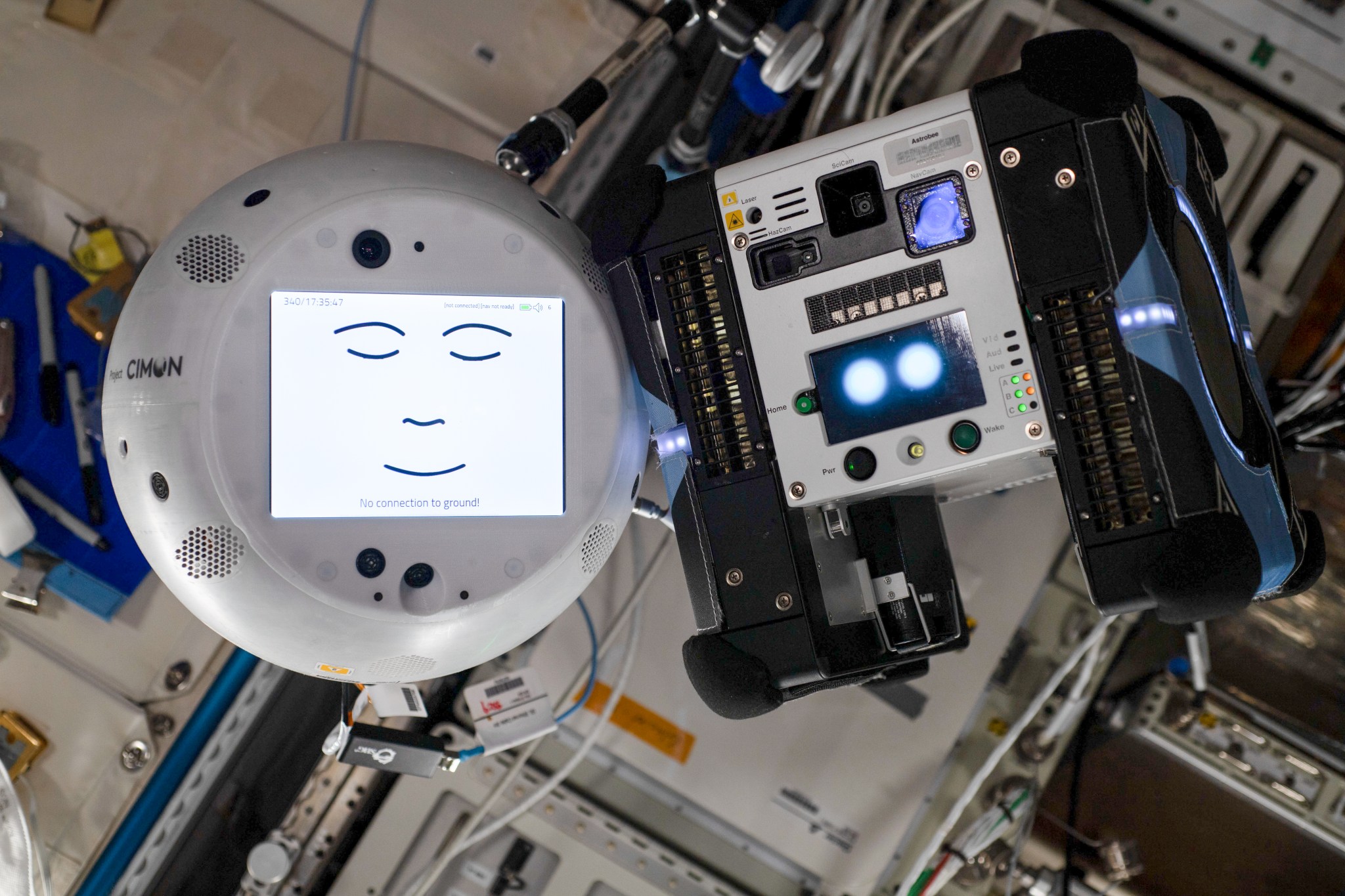
From AI space companions to self-assembling “builder robots,” humans and machines are working together to advance space exploration.
In April, the Astrobee free-flying robots celebrated their third anniversary aboard the International Space Station, where they’re learning to support astronaut duties and monitor station health. The Astrobees, managed at Ames, marked many milestones in 2022: they mapped new modules of the space station, captured their first 360-degree image, and operated independently on different projects at the same time alongside their human colleagues in space.
NASA’s future space robots need to operate with humans, but they’ll also need to work together without human intervention. The HelioSwarm mission, which the agency selected to move forward this year, will send nine spacecraft to collect never-before-seen data about our Sun’s magnetic field.
Ames researchers have also moved one step closer to self-building space structures with the ground demonstration of the Automated Reconfigurable Mission Adaptive Digital Assembly Systems (ARMADAS) project. NASA’s plans to sustainably explore the Moon and Mars will rely on technologies like ARMADAS to autonomously assemble habitats, solar power systems, and communications structures in space, instead of sending large pre-assembled hardware from Earth.
8. Putting the ‘super’ in supercomputing.
Whether developing new technologies for landing on other planets, improving commercial travel, improving global weather and climate predictions, or studying the formation of planetary bodies, supercomputing is key to the success of NASA missions and science.
The Modular Supercomputing Facility at Ames, which debuted in 2019, was expanded in May 2022 to increase its computational power by 22%. It is now NASA’s most powerful, yet energy-efficient, supercomputer. This facility, and others at the NASA Advanced Supercomputing facility at Ames, continues to support a host of research projects led by scientists across the world.
Using the DiRAC High-Performance Computing Facility, researchers at Ames and Durham University produced a simulation that suggests a different theory about the Moon’s formation – that it may have formed immediately, in a matter of hours, instead of over months or years. The simulations are some of the most detailed of their kind, operating at the highest resolution of any simulation run to study the Moon’s origins.
9. “What’s a yeastronaut?”
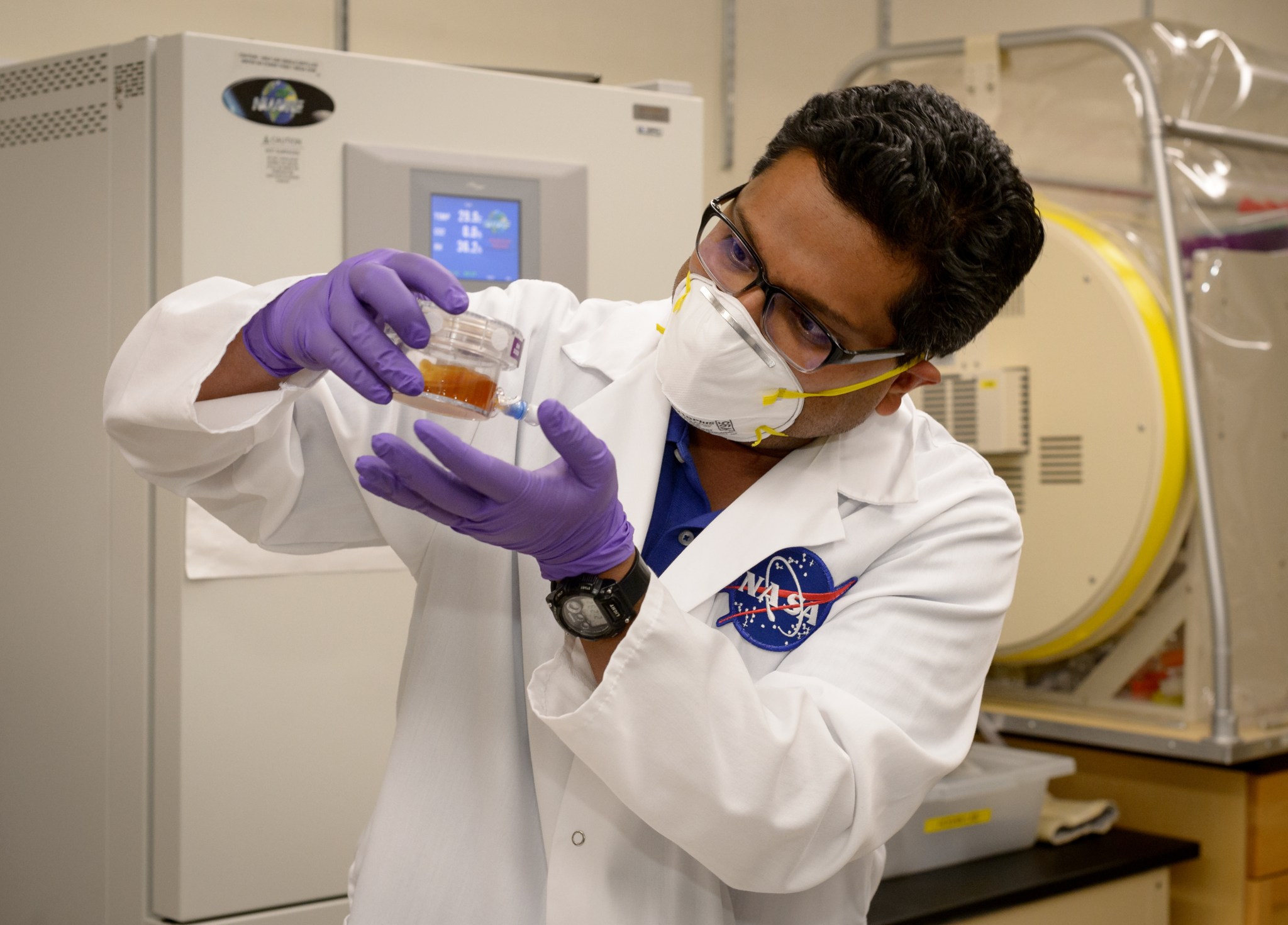
Studying life was also on Ames scientists’ docket this year. They explored ways microbes can help us, whether by cleaning up pollution in Earth’s soil or producing nutrients on-demand aboard the space station. BioNutrients is a space biology experiment using microorganisms, like yeast and bacteria, to produce things like antioxidants that will be critical for human health in space. BioNutrients-2 launched recently to the space station and will test the power of microbes to make yogurt and more for astronauts!
To help prepare for astronauts’ potential health issues on future long-duration missions to the Moon and Mars, scientists at Ames studied how the extreme conditions of space affect the biology of fruit flies. Their findings suggest that space travel has an impact on the central nervous system, but that artificial gravity provides partial protection against those changes.
An Ames-led investigation, the Lunar Explorer Instrument for space biology Applications (LEIA), was selected in June to make biology research possible on the Moon. The CubeSat-based science suite will deliver yeast to the lunar surface to study how partial gravity and deep space radiation – two of the biggest challenges of the space environment – combine to influence biological processes.
10. Beat the heat!
NASA has its sights set on sending humans to Mars and spacecraft even farther out in our solar system in the coming decades. This year the Low-Earth Orbit Flight Test of an Inflatable Decelerator (LOFTID) mission tested a new heat shield that could enable large-scale missions to Mars, Venus, and Titan, as well as protect spacecraft during the fiery re-entry through Earth’s atmosphere.
LOFTID successfully launched Nov. 10, 2022. Once it deployed from orbit, the heat shield autonomously inflated and re-entered Earth’s atmosphere, splashing down about 500 miles off the coast of Hawaii.
Ames has a long history leading heat shield innovations to protect spacecraft during atmospheric entries. Teams at Ames continue that tradition as they develop two heat shields for the Mars Sample Return mission – one for landing on Mars and one for returning to Earth. Ames also supports heat shield development for the Dragonfly mission to Titan, the biggest of Saturn’s moons.
11. NASA: The Next Generation.
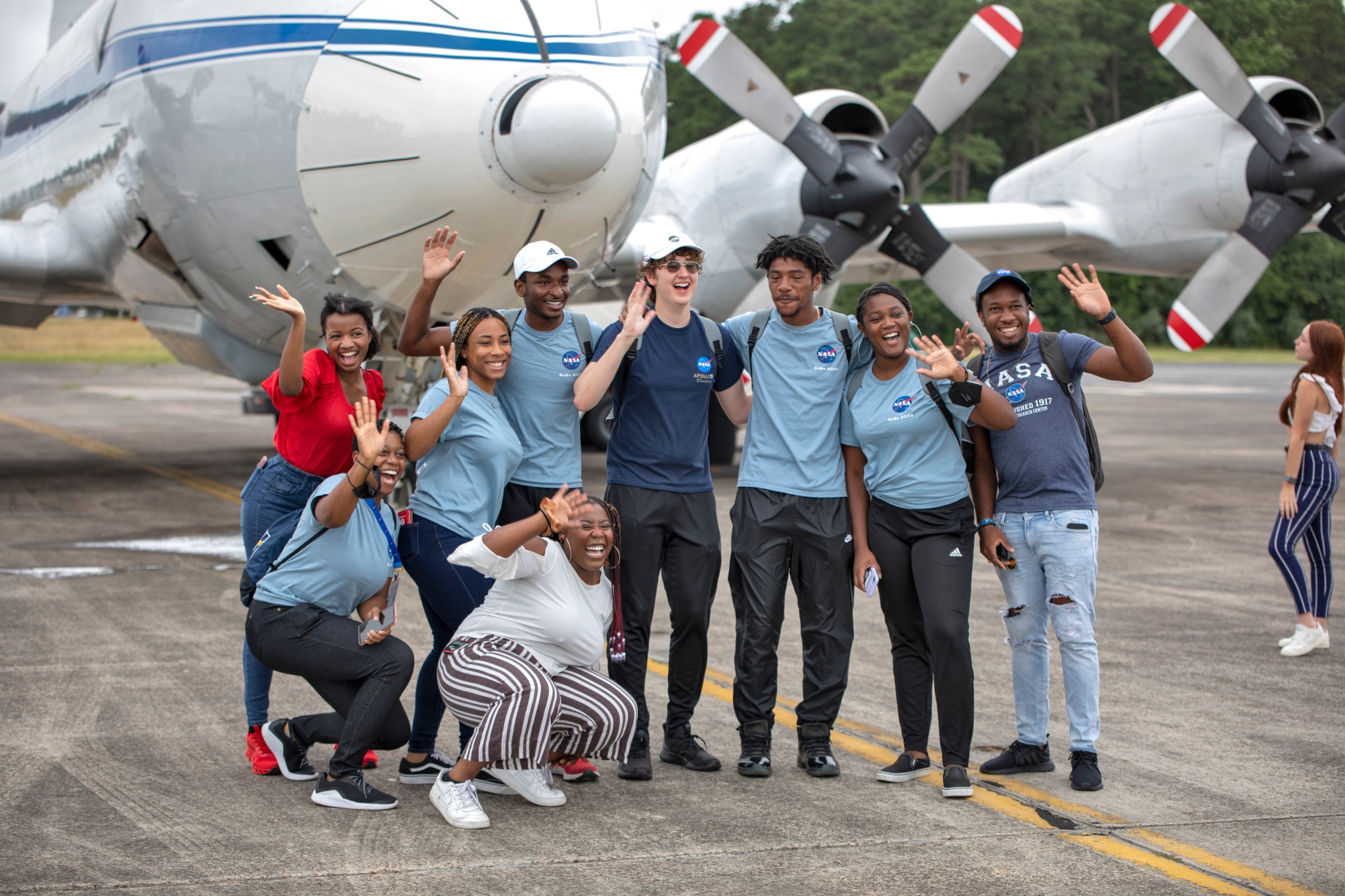
Researchers at NASA today know the story of science and exploration doesn’t end with them. Two new programs run by Ames contributed to training tomorrow’s researchers and ensuring they reflect the diversity of the nation.
During the Student Airborne Science Activation (SaSa) summer research program, undergraduate students from minority-serving institutions (MSIs) gained hands-on experience running a scientific research campaign on land, ocean, or atmospheric phenomena. SaSa’s leaders hope to reach students while their perceptions of career opportunities are forming and to provide support and the means to enter their chosen career.
A team of NASA biologists took a different approach by teaching the teachers. During NASA’s space biology bootcamp, educators from historically Black colleges and universities and MSIs received hands-on instruction in analyzing real data from GeneLab – NASA’s unique repository of data from biology experiments conducted in space. GeneLab is managed by Ames and its data is available to all, but you have to know how to use it. The participating educators are already passing that knowledge on to their students.
12. Eyes in the sky.
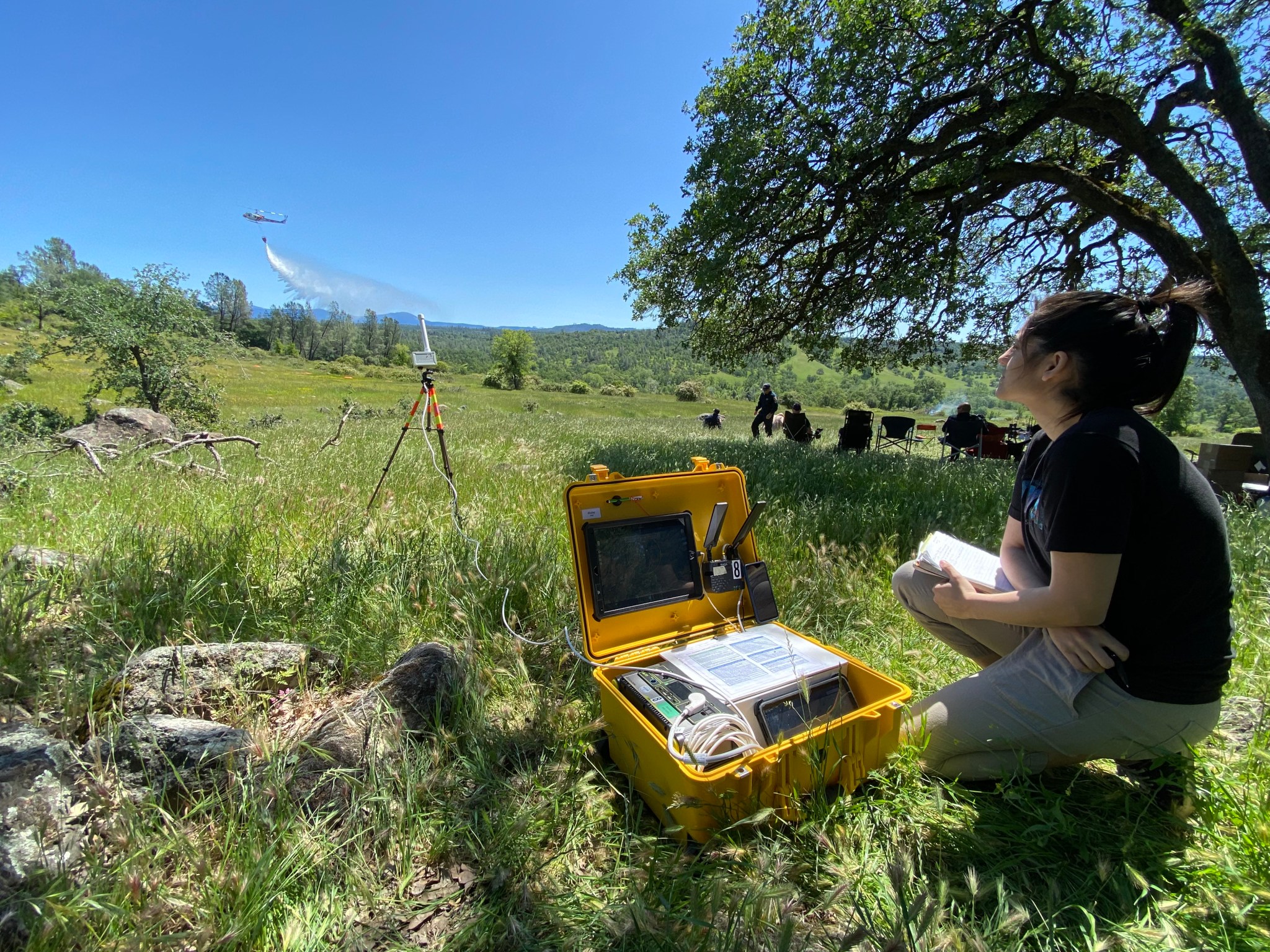
NASA and its partners at the U.S. Geological Survey, U.S. Forest Service, CAL FIRE, and American small businesses are using drones to solve big problems. With flights to Makushin Volcano in Alaska’s Aleutian Islands, a group of federal scientists and industry engineers demonstrated how a drone could successfully fly without its pilot’s eyes on the aircraft. That opens new possibilities for monitoring volcanoes and other hazards worldwide. Sending humans to survey volcanoes up close can be dangerous and costly, but drones are moving us toward a future where remote but hazardous volcanoes are consistently monitored for signs an eruption could be brewing.
Meanwhile, this year, NASA researchers tested their prototype tools to help make firefighters safer once a wildfire erupts. The Scalable Traffic Management for Emergency Response Operations (STEReO) project supports firefighters who operate drones to capture thermal images of the landscape below, to help determine the safest, most effective approach to fighting a fire. STEReO’s prototype device, called the UAS pilot’s kit (UASP-kit), notifies drone pilots where crewed aircraft are positioned, allowing them to safely stay out of the way.
13. Going together.
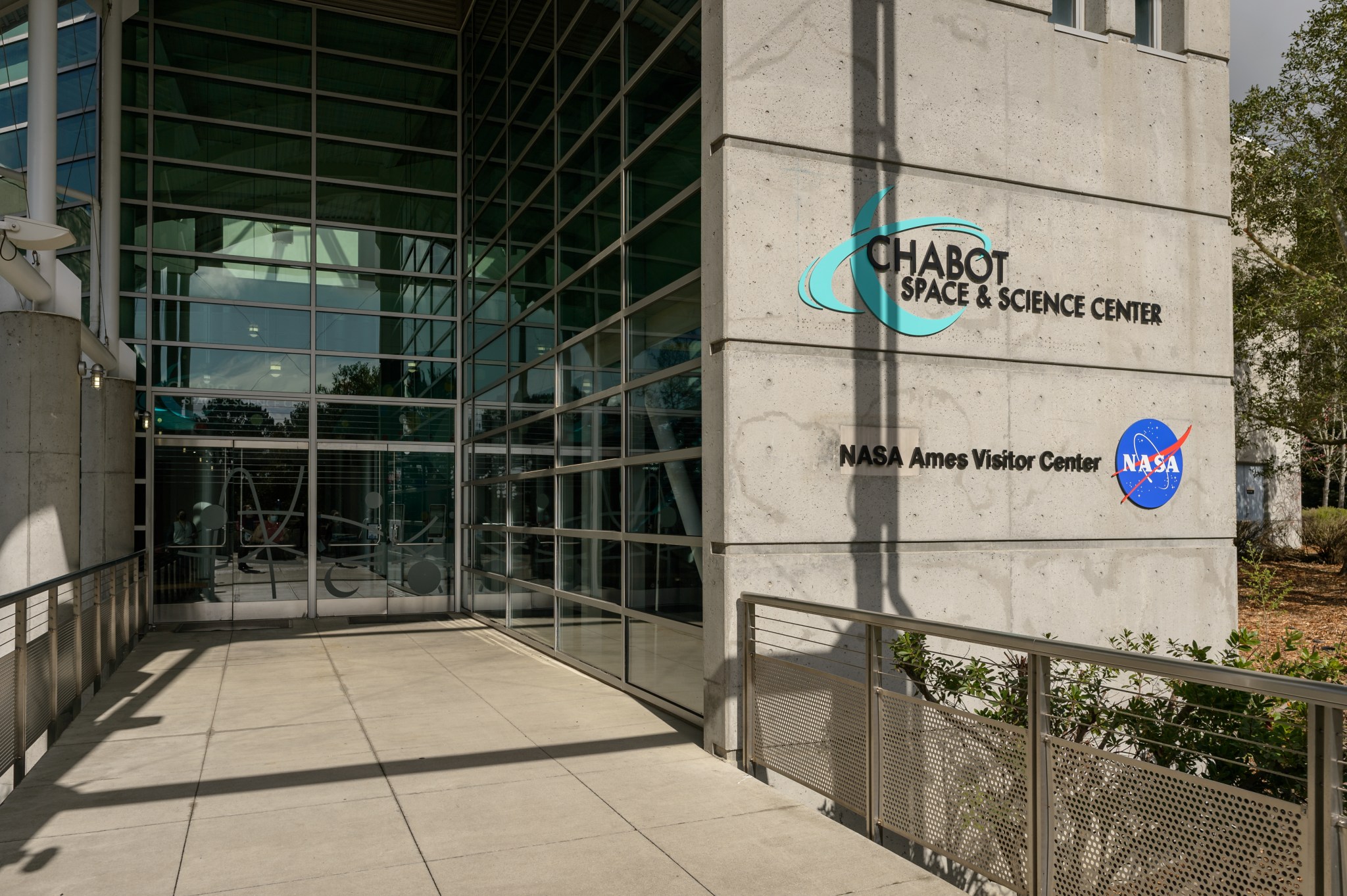
Part of what makes NASA Ames special comes from the culture of innovation that infuses the Bay Area with energy and creativity. Ames continues to collaborate with businesses and organizations in Silicon Valley and beyond to advance the agency’s goals.
Ames marked the first anniversary of its partnership with the Chabot Space and Science Center, where some of the best Ames models and most beloved artifacts are on public display. A full-scale model of the VIPER Moon rover was first unveiled there in May, and Chabot.
Ames continues to expand scientific cooperation with teams from the U.S. Geological Survey (USGS) based at the NASA Research Park. NASA and USGS share a mandate to observe, study, and understand our home planet. Collaborations include development of tools for future satellite missions to provide critical information on natural disasters and Big Data climate and Earth science studies that leverage the NASA Earth Exchange supercomputing resources
NASA’s academic and industry partners and tenants, include both global high-tech businesses and small start-ups, are working together on cutting-edge research. This year brought many mutually beneficial achievements; we’re looking forward to the extraordinary opportunities 2023 will hold!
14. Welcome to Ames!
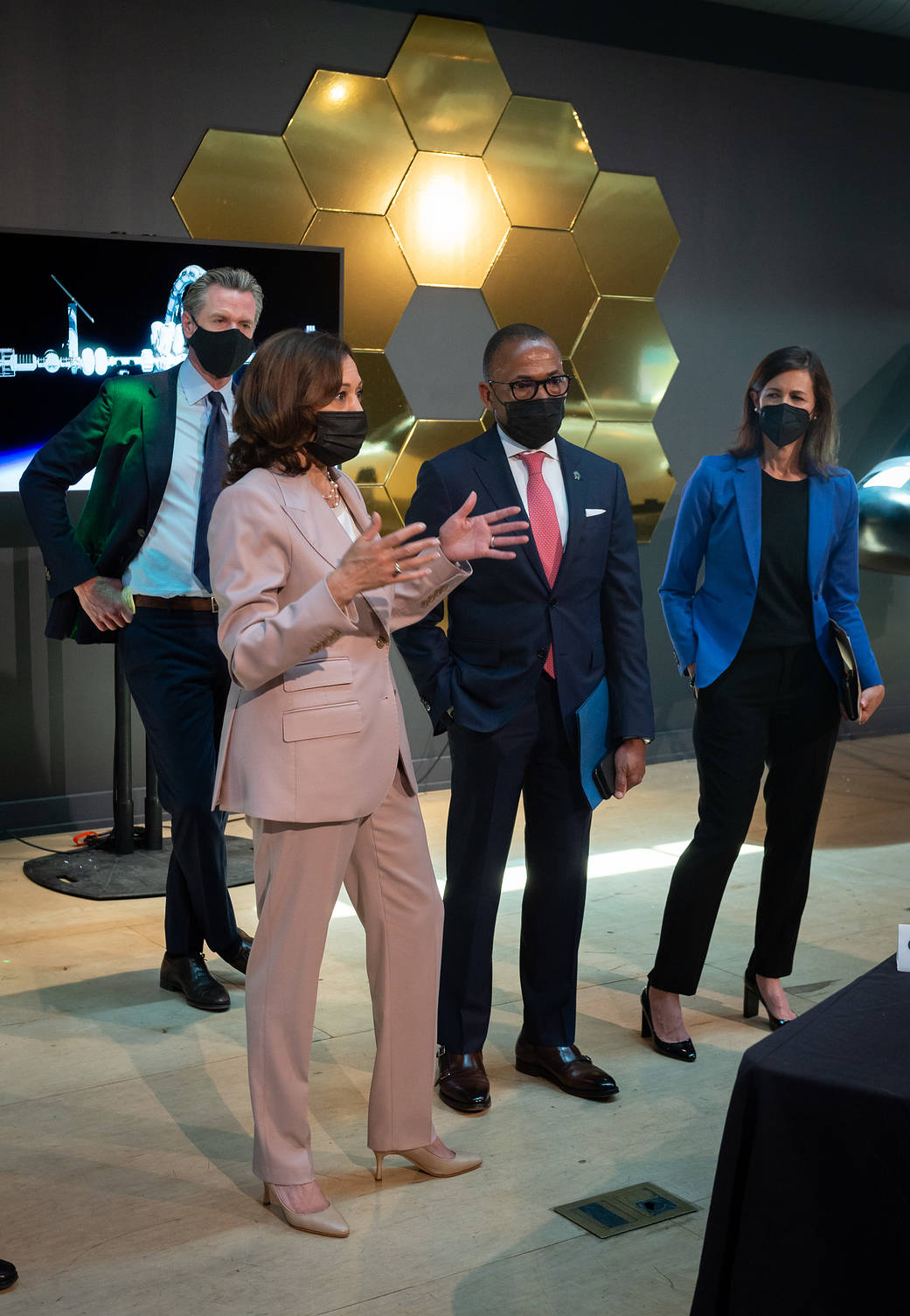
Throughout the year, Ames welcomed government, military, and civilian leaders to tour advanced testing facilities and learn more about Ames.
U.S. Special Presidential Envoy for Climate John Kerry toured Ames in March, where he visited the largest wind tunnel in the world.
In May, U.S. Congresswomen Anna G. Eshoo and Zoe Lofgren joined Ames Center Director Eugene Tu, Javier González, head of External Affairs in California at Google on behalf of Planetary Ventures, and Alex Saleh, director of project management at CBRE Group Inc., to mark the start of a new beginning for Hangar One. Through a lease agreement with NASA, Planetary Ventures has begun work to restore and preserve the historic landmark.
In September, NASA Associate Administrator Bob Cabana toured the Center and piloted a lunar lander at the Vertical Motion Simulator facility.
In August, Vice President Kamala Harris, California Governor Gavin Newsom, and Oakland Mayor Libby Schaff joined Center Director Tu and Ames Earth Science Division Chief Florian Schwandner at Chabot Space and Science Center in Oakland, California, home to the official NASA Ames Visitor Center.
U.S. Navy Rear Admiral Anne M. Swap, director of the National Capital Region Market, Defense Health Agency toured the Ames Biosciences Collaborative Facility and Arc Jet Complex in August.
For news media:
Members of the news media interested in covering these topics should reach out to the NASA Ames newsroom.

























